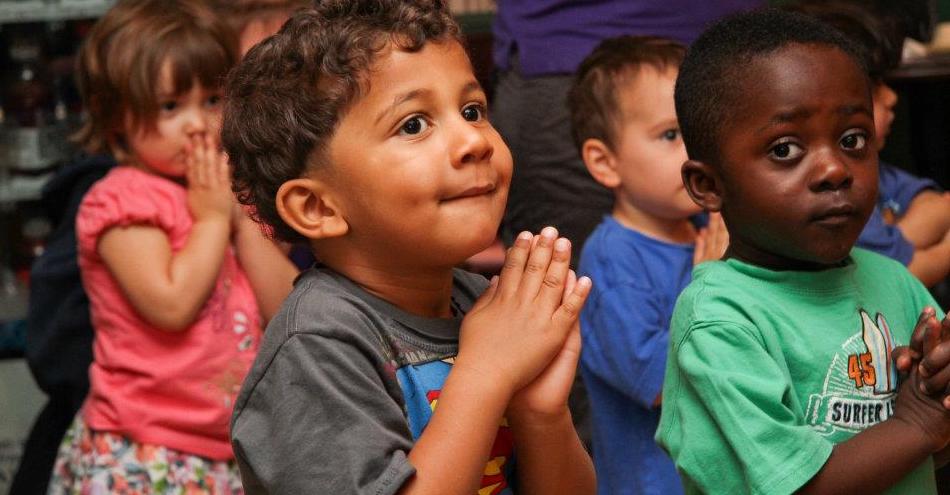|
Michelle Jackson-Blackwell
|
|
6 Ways to Add Mindfulness to Your Child's Day
Updated February 12, 2021
|
|
First things first. What is mindfulness? Good question.
According to Mindful magazine, mindfulness is "the basic human ability to be fully present, aware of where we are and what we're doing, and not overly reactive or overwhelmed by what's going on around us." Now that we know the clinical definition, let's talk about simple and practical ways to add mindfulness to your child's day.
At the first introduction of mindfulness activities, some children may not understand that there are techniques for quieting the mind. And that's okay. The purpose is not perfection. The purpose is to teach your child to gradually take steps towards mindfulness and positive psychology behavior.
Grab a few notebooks and art supplies and start a creative visioning journal together. Using art journaling you can help your child set a vision for and begin to think about their intentions for how they want to feel each day. And where children are concerned, daily intentions need not be complicated. Daily intentions can be as simple as "I wish to feel happy today" or "I wish to remain positive today".
Anytime your child is feeling worried or anxious, try a simple 3-part breathing technique with them. Place your hand over your heart and breathe in slowly for four seconds, hold your breath in for four seconds, then breathe out slowly for four seconds. Focus on the the sound of your breathing and the feeling of your breath as it fills your chest. Do this several times slowly and notice your body and mind begin to feel more relaxed. Ask your child if they feel it too.
Designate a special time each day for an electronic fast and use this time to be truly and fully present with your child. An electronic fast may be "necessary to reset a child", according to Psychology Today, "so they can focus better and experience a brighter, more even mood". Learn the 6 ways electronic screen time makes kids angry, depressed and unmotivated.
Help your child begin to grasp the concept of the power of gratitude. Join your child in decorating a special notebook that you can use to start and end each day by writing down something that they are thankful for. Keep your family's gratitude journal in a special place. Encourage your child to get into the habit of including something to be thankful for at any time. The added benefit is that the journal will be available whenever you may need to remind your child that there are many things to be thankful for.
Rose Pavlov, Founder and CEO of non-profit Ivy Child International, presented the TED Talk "Unlocking Children's Potential Through Mindfulness". Ivy Child International develops programs for children, communities, and schools; featuring yoga, mindfulness, meditation, music and multicultural art. Ivy Child focuses on enhancing the social and emotional well-being of children, using education rooted in mindfulness and positive psychology, to inspire resilience, promote leadership, and build healthy habits for life.
|

